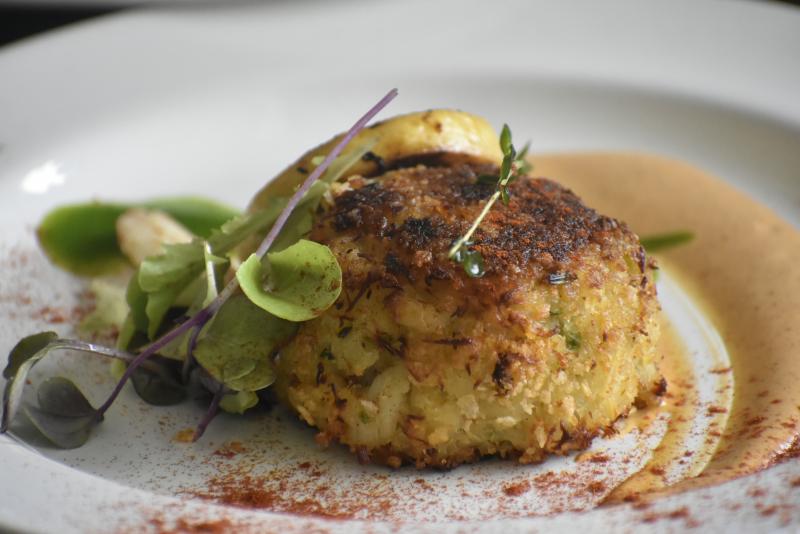Chinese shrimp demand has improved in recent months. Still, it remains slower than last year, according to Sophia Balod, an analyst at the Seafood Trade Intelligence Portal (STIP), now part of Kontali Analyse.
China is the only G20 country expected to see positive economic growth this year. According to French newspaper Les Echos, hundreds of thousands of Chinese have already been given a vaccine even though clinical trials have not been completed.
In her presentation at Aqua Expo Guayaquil, which took place from Nov. 24 to Nov. 26, Balod summarized the Chinese shrimp market situation.
Following strict lockdowns at the beginning of the year, China managed to go from more than 86,000 cases a day to only a handful of cases at present, Balod noted. She pointed out this caused a partial relaxation of COVID-19 measures in China. This caused the majority of restaurants to reopen and buyers to resume shrimp purchasing.
Ecuadorian exports to China continued its recovery, rising from 21,600 metric tons in September to 33,000t in October, she said.
But Balod noted that many Chinese buyers have scaled back in their purchases since consumption had not fully resumed and many companies have suffered economic losses from the outbreak. Balod also pointed to the issue of COVID-19 traces found on the outside package of Ecuadorian shrimp delivered into China in July, which drastically affected demand for the product.

The alleged contamination led to the suspension of imports from some major Ecuadorian shrimp companies. And since then, there was a two-way dialogue between Ecuador and China on how to improve the biosecurity measures and shipping protocols between these companies, Balod noted.
But still, the situation has created a negative effect, especially in the eyes of distrustful consumers, she added.
Additionally, many of the contested containers sent back to Ecuador for repackaging are also being returned to China, she noted. Balod stressed Ecuador was the shrimp exporter most hit by the Chinese demand slump.

"Many Chinese importers do not also need to make you a big bulk of purchases. And some of them are also awaiting the return of the recalled products," she said.
In a graph showing Chinese customs data, Balod noted a drop in Chinese shrimp imports. She noted that in September imports were lower than in August and that prices were also at their lowest point, $4.67/kg.

Balod agreed with Rabobank analyst Gorjan Nikolik that Vietnam has one is one of the most diversified shrimp exporters. In Vietnam, prices have increased, especially for black tiger, in preparation for the Chinese New Year holiday.
In September, Ecuadorian shipments to China continued to dive year-on-year, being at the lowest point in three years. She showed a screenshot from online retailer platform JD.com., where shrimp products from Ecuador were indicated as safe, having carried out a nucleic acid test) and tested to encourage buyers, which is a legal requirement but is being used for marketing, also.

On the other hand, Balod said some Chinese buyers are encouraged to shift sourcing locally.
"In China, they are now encouraging sourcing from local suppliers in China," she said.
She added that JD.com has committed to sourcing domestically ahead of the Chinese New Year festival.
"That means also that they are also supporting the local producers, not only to help them survive the economic losses that they experience in the past months but also, to give the public that assurance," she said. 
Balod said sources in China told her shrimp production in China’s northern provinces, and in Shanghai and Guangzhou, had increased.
In any case, Balod noted that Chinese restaurants were all open, although seafood consumption had been affected and was currently low and demand was still down.
"Some Chinese buyers noted restaurants are open, but it's just that the consumption of, seafood is really affected and really low at the moment," she said.
Balod pointed out last week many Ecuadorian packers have just finished sending their last ship to China in time for the end-of-year holidays.

Balod said it was difficult to draft an outlook, but that likely 2021 will still continue to be a challenging year, as companies and producers will probably still fight the impact of COVID-19, while foodservice will still need to recover and the retailers will continue to be in need for convenient products.
"So diversification is of course key," Balod concluded. She noted also that, in the meantime, trust among Chinese consumers should also be rebuilt.
At the Aqua Expo event, the Ecuadorian Shrimp Sustainable Partnership announced Ecuador will be "the first country to quickly provide information to consumers on shrimp harvesting, processing, and packaging thanks to the incorporation of blockchain technology".

By scanning the QR code that comes in each package, the consumer will be able to know "who, how, and where" the shrimp was farmed and processed, from the larvae laboratory to the farm and the packing plant. Additionally, other characteristics such as the antibiotic content get automatically tracked. This initiative aims to improve the product's traceability.

December 01, 2020 at 12:57AM
https://ift.tt/3oaQvO1
Local supply, COVID scares complicate China shrimp import recovery - Undercurrent News
https://ift.tt/3eNRKhS
shrimp


No comments:
Post a Comment